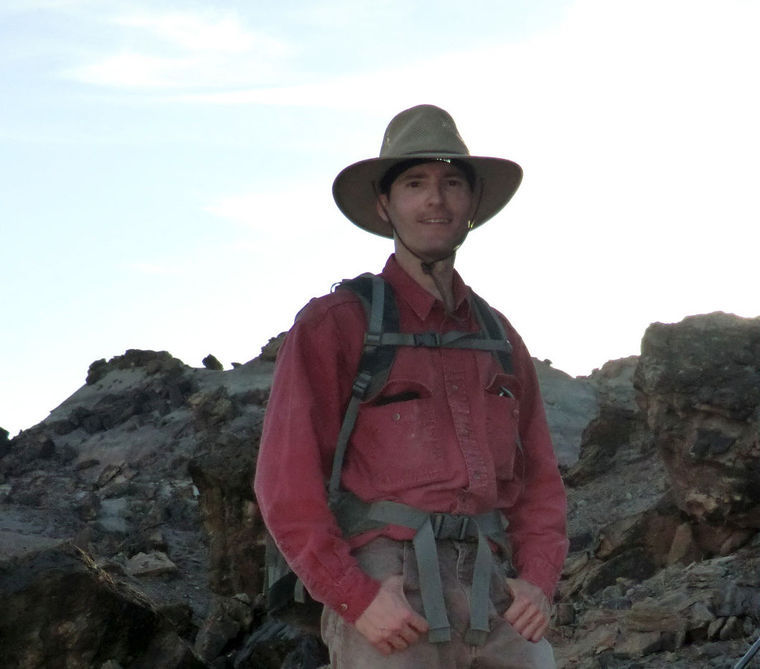Some information may be outdated.
When Grand County developed a set of recommendations for the Public Lands Initiative (PLI), people of all persuasions treated it like a political piñata. I defended our council members for working through difficult issues to compile a consistent set of measures that would benefit Grand County’s residents, human and non-human alike. Now that U.S. Reps. Bishop and Chaffetz are introducing a bill based on those recommendations, the piñata party seems to be growing at a time when we need to sober up.
Those taking the biggest swings are groups seeking to vastly expand wilderness designation, which bans the use of motorized and mechanized equipment. Of course many Grand County residents have legitimate concerns about the health of their surrounding landscape, and I’m not claiming that the PLI is perfect. Nevertheless, days after the PLI’s first draft was released in January, wilderness groups ran TV ads designed for audiences to confuse the PLI with Utah’s campaign to transfer federal public lands into state public lands, and even with the Bundy-style protest or privatization. Since the PLI’s second draft was released in July, they are again flinging mud to mislead.
Wilderness groups claim that the PLI would designate less wilderness than the acreage already managed as wilderness. Please take a look for yourself by going to www.UtahPLI.com, then clicking on “maps” and choosing “wilderness.” The wilderness map clearly shows that nearly all Wilderness Study Areas (WSAs) would be designated as wilderness, plus many brand-new wilderness areas beyond what the counties had recommended.
In Grand County, while it’s true that the BLM has already chosen to manage Mary Jane Canyon and Beaver Creek for their wilderness characteristics, that leaves a dozen more brand-new wilderness areas where the BLM is currently managing for multiple uses. Even the WSA and national-park acreage would be further protected by congressional wilderness designation because it would then take an act of Congress to undo. If wilderness groups see no value in designating WSAs and national-park acreage as wilderness, why have they been lobbying for it all this time?
Granted, the PLI omits Grand County’s recommendation of designating brand-new Mexico Point and Hideout Canyon wilderness areas. However, the eastern Book Cliffs have an extensive oilfield, and Grand County recommended wilderness there primarily to prevent the adjacent East Canyon Road from being paved. Wilderness should not be designated for the sake of encumbering adjacent land. The PLI should not be faulted for remaining neutral on the issue of paving East Canyon Road. In fact, Grand County would have further mechanisms to address its concerns through the PLI Planning and Implementation Advisory Committee, which specifically includes a representative of each county along with the state, federal and tribal governments.
Also granted, the PLI omits a former-SITLA section from its proposed Mill Canyon wilderness area, but this was obviously a mistake stemming from old GIS data. Once fixed, the PLI will propose a Mill Canyon wilderness area that’s larger than the PLI’s previous draft, which is even larger than the one recommended by Grand County. As an advocate of responsible motorcycle and bicycle access, I could complain about the PLI wilderness creeping into Sand Flats and the national forest in multiple locations. However, a sincere interest in cooperation has taught me to choose my battles more sparingly.
Wilderness groups mock the PLI for recognizing the currently open roads and trails as a starting point for management, even though it specifically authorizes the BLM to temporarily close routes, and to permanently reroute them. They fail to mention that the PLI would prohibit new road construction in the National Conservation Areas, Watershed Management Areas and Special Management Areas. Meanwhile, the latest PLI draft abandons the goal of securing state title to Class D roads (i.e., non-graded dirt roads). Further, the PLI excludes Grand County’s recommendation to establish “no net loss” of road and trail mileage. Motorized recreationists could certainly complain about the PLI, but I expected it to adjust each county’s blueprint, and I recognize the wide range of opinion even within our county.
Most of the so-called loopholes in the PLI text are actually language taken from other legislation with two legitimate intentions. First, they ensure flexibility for agencies to utilize effective conservation tools, rather than leaving agencies vulnerable to litigation that winds up forcing neglect (since they can’t afford to manage forests with a cross-cut saw, for example). Second, they give compatible uses a fighting chance of surviving the slow-but-steady trend away from the BLM land and national forests remaining the “land of many uses.”
The PLI would not prevent land managers from reducing the levels of grazing, nor prevent environmental groups from challenging permits to drill, nor allow new motorized trails in any places where such construction isn’t already open for consideration. Wilderness groups are the last stakeholder that should treat the PLI like a piñata. Their ridicule doesn’t change the unprecedented conservation offered by this home-grown bill.
Clif Koontz is the executive director of Ride with Respect, which conserves shared-use trails and their surroundings.
Appreciate the coverage? Help keep local news alive.
Chip in to support the Moab Sun News.



